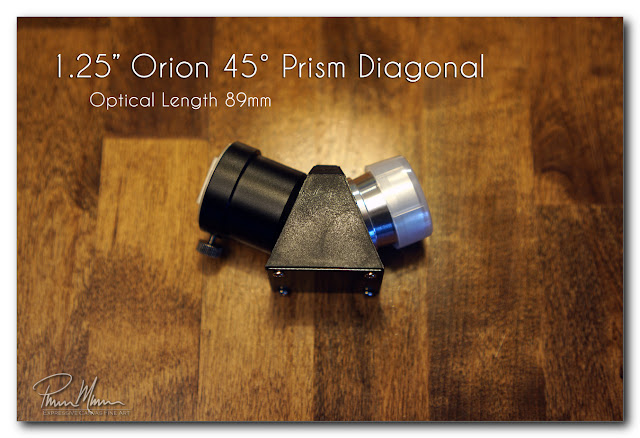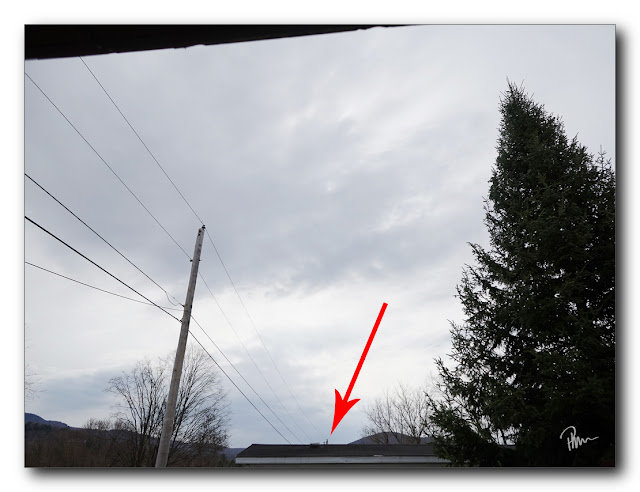Telescope Diagonals

Whenever I'm observing the night sky (as opposed to imaging the night sky), I use a diagonal placed into my focuser. The diagonal reflects the light that is streaming through the telescope to a 90° angle making it easier to view through the telescope. Some diagonals are at 45° but those are mostly used for terrestrial observing where the telescope is mostly horizontal or level. The eyepiece is placed into the diagonal and, due to the diagonal reflecting the light 90°, the top of the eyepiece is now pointing upward making it easier to look down into the eyepiece. This is the purpose of the diagonal... to direct the light to the eyepiece at a position that is easier for viewing. If you had no diagonal to change the direction of the light, you would need to crane your neck to view straight through the telescope. Sometimes you would even need to be sitting or lying on the ground to view the sky through the telescope if not using a diagonal....

